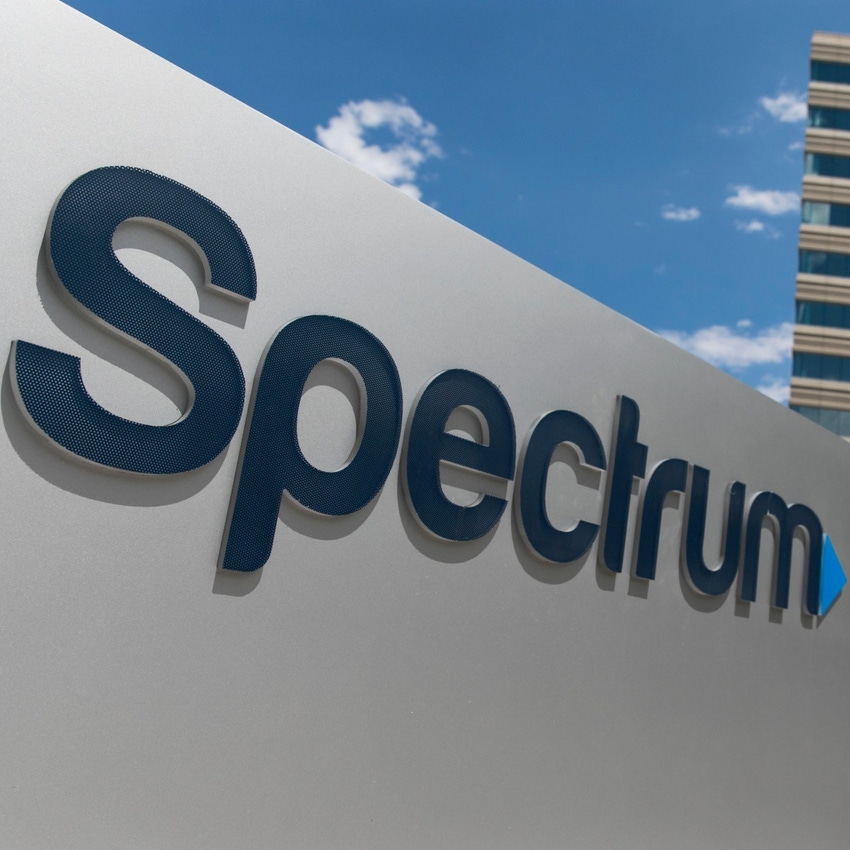
Mobile provider Verizon and cable company Charter Communications told the FCC they plan to synchronize the operation of their respective 5G networks to avoid interference.
"As the commission is aware, interference between midband spectrum operations caused by a failure to synchronize TDD [time-division duplexing] systems will undermine the quality and reliability of existing and promised 5G services," the companies wrote in a new filing to the FCC. "By this letter, the companies seek to streamline voluntary coordination among TDD operators to reduce risks of harmful interference and accelerate the deployment of 5G service and cutting-edge wireless technologies across midband spectrum. We believe these efforts will help to advance the commission's goal of achieving the highest and best use of spectrum resources."
In their filing, the companies also provided the technological minutiae of their plans. For example, they plan to use UTC as their common reference phase clock, and their "frame" will be 5 milliseconds (ms) long and consist of, in sequence, 1.714 ms of downlink transmissions.
Figure 1:  (Source: Kristoffer Tripplaar/Alamy Stock Photo)
(Source: Kristoffer Tripplaar/Alamy Stock Photo)
"This default configuration will be applied across the companies' networks that provide outdoor wireless coverage and is consistent with the default parameters recommended by Global System for Global Communications Association (GSMA) and global usage patterns," the companies noted in their filing.
They didn't provide further details, but it's possible their work involves technological synchronization between Verizon's C-band 5G network and Charter's planned 3.5GHz CBRS 5G network.
Beyond an MVNO
The joint filing is noteworthy for several reasons. Most importantly, it appears to signal Charter's plans to launch a 5G network with the $464 million worth of 3.5GHz CBRS spectrum the company purchased in an FCC auction in 2020. Charter executives have long been hinting at such a network – company officials earlier this year indicated Charter would launch its first CBRS market trial by mid-2022 – but they have not publicly announced plans to launch it.
Charter's mobile partner Comcast, on the other hand, recently indicated forward momentum on its CBRS network. Comcast owns 600MHz and CBRS spectrum across its cable footprint, and last month the company announced it would use 5G radios from Samsung to "selectively deploy our own 5G radios in dense, high-traffic areas of the markets we serve today."
For Charter and Comcast, building their own 5G networks would reduce the money they pay Verizon for MVNO wholesale access to Verizon's 5G network. Charter (via Spectrum Mobile) and Comcast (via Xfinity Mobile) resell Verizon's 5G network, and collectively they count more than 9 million mobile customers.
Both companies want to eke out as much profit from their mobile adventures as they can and as a result are building their own wireless networks to take advantage of owners' economics. Indeed, Comcast and Charter already use millions of public Wi-Fi hotspots to reduce their reliance on Verizon.
But the synchronization coordination between Charter and Verizon is also noteworthy because it represents a further partnership between the two companies beyond their MVNO. Verizon, which operates a 5G network across both C-band and CBRS spectrum, continues to maintain that it's happy with its overall MVNO strategy. However, any customer who moves from Verizon to a cable company's mobile offering undoubtedly represents a loss of revenue for Verizon.
Related posts:
— Mike Dano, Editorial Director, 5G & Mobile Strategies, Light Reading | @mikeddano
About the Author(s)
You May Also Like











